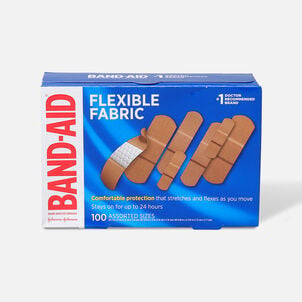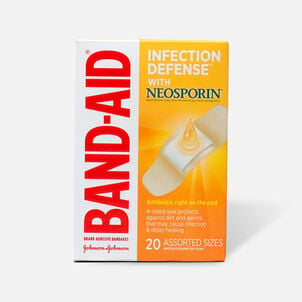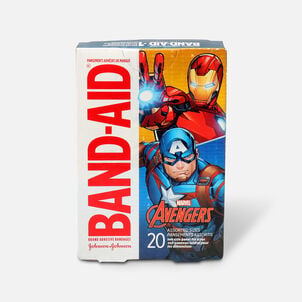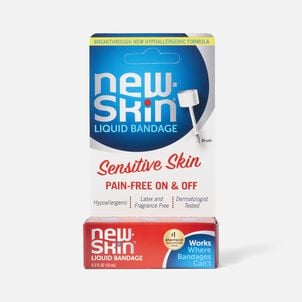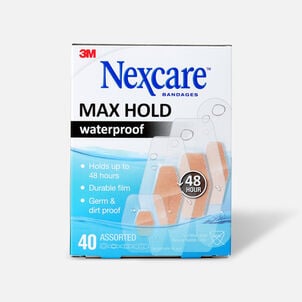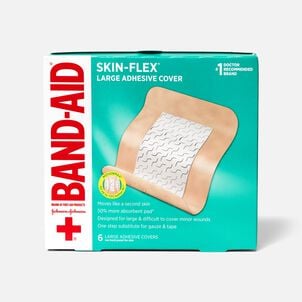The Complete HSA Eligibility List
Here it is — the most-comprehensive eligibility list available on the web. From A to Z, items and services deemed eligible for tax-free spending with your Flexible Spending Account (FSA), Health Savings Account (HSA), Health Reimbursement Arrangement (HRA) and more will be here, complete with details and requirements. Important Reminder: HSAs, FSAs, HRAs and other account types listed may not all be the same. Be sure to check with your administrator to confirm if something is eligible before making a purchase.
Here it is — the most-comprehensive eligibility list available on the web. From A to Z, items and services deemed eligible for tax-free spending with your Flexible Spending Account (FSA), Health Savings Account (HSA), Health Reimbursement Arrangement (HRA) and more will be here, complete with details and requirements. Important Reminder: FSAs, HRAs and other account types listed may not all be the same. Be sure to check with your administrator to confirm if something is eligible before making a purchase.
Bandages, elastic: HSA Eligibility
Bandages, elastic: eligible with a Health Savings Account (HSA)HSA Eligible Bandages
What are bandages, elastic used for?
Elastic bandages are among the most common forms of treatment for injuries caused during physical activity or from overexertion, and they are especially helpful in alleviating joint, muscle and other soft tissue injuries. These bandages are made from various forms of flexible fabric, which allow them to be wrapped around a specific area to provide a form of compression therapy by creating localized pressure, which promotes blood circulation to eliminate swelling and promote the healing process.
Additionally, elastic bandages are extremely effective in immobilizing injured areas to prevent further strain and overexertion while performing normal activities. They can also be used to hold wound bandages in place, affix a cold pack or heating pad to an injured area, as well as being worn around a splint for more advanced injuries that require an increased manner of immobilization to fully heal (Drugs.com).
How are elastic bandages applied?
Elastic bandages hold innumerable uses in treating joint, muscle and soft tissue injuries, and most doctors will recommend their usage during the recovery process. The following steps will outline how to apply this bandage to an ankle, but the same tactics can also be used when wrapping a hand, wrist, elbow or knee:
How to wrap an ankle with elastic bandages
- Begin wrapping at the base of the foot at the base of the toes, which will leave the toes exposed and provide significant coverage for the majority of the foot.
- Continue wrapping around the affected area, progressing upward by overlapping each turn by one half of the bandage's previous layer.
- Be sure not to leave any gaps that can expose underlying skin and aim for complete coverage of the affected area.
- Secure the wrap with bandage clips, or if utilizing a self-adhesive elastic bandage, attach it to the side by smoothing down the ends against the final layer of the bandage.
- Test out the wrap to ensure that it is not too tight to inhibit blood circulation, while not being loose enough to prevent immobilization of the injured area (Drugs.com).
 |
| 

